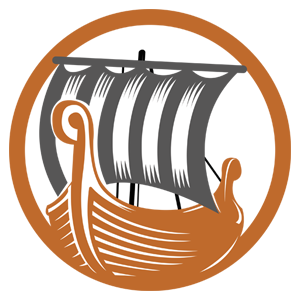My first glimpse of the city of Xian was everything I had imagined Beijing to be—unbreathable air, traffic pileups, and massive crowds that make New York look like Omaha, Nebraska. To be fair, we arrived on May 1 the International Workers Day, a holiday that ALL Chinese celebrate. Perched high up on our bus seats on our way to the hotel, we witnessed a madcap session of cars careening every which way, and pedestrians zigzagging in-between cars and motorcycles. I would say the style is free flow, like people playing a bizarre version of the video game Frogger complete with narrow escapes, brushes with death and some crunching metal. We even saw mothers pushing strollers darting in and out blithely maneuvering their way across the street. From our perch, we gasped, squealed and rooted for their survival. Leaving the bus. I felt like I had entered the smoking section of a PSA jetliner in the 80s, so I practiced my shallow breathing.

That night street food took on a new meaning. Stands with grilled meats, roasting chickens, pancakes, flatbreads, dim sum, dumplings, and noodle dishes. 
There was even a line for a bowl of fermented rice wine drunk out of a small clay bowl. After consuming it, the clay bowl is smashed into pieces on top of a massive pile of broken shards. Performance art at its best!
Xian was the former capital of China and a total of 73 emperors ruled there. Which is why we were there–to see the life-sized soldiers made of terra cotta clay who were buried for over 2,000 years to protect the very first Emperor of China. Okay, so it was worth it. The Terra Cotta Soldiers of Xian furrowed my brow and caused consternation. The first Emperor of China, Qin Shi Huang was a megalomaniac of cosmic proportions. He really REALLY wanted to be protected in his afterlife—maybe he was a bit too zealous? 1700 of these life-sized warriors have been restored, but it is estimated that there are 6,000 more. Remarkably digital facial scans reveal that no two soldiers are identical and it’s thought they were modeled after real warriors. Not only soldiers but chariots and over 600 horses have been uncovered. Clay concubines, acrobats and musicians also have been identified. Qin Shi Huang really wanted to keep the party going. A decision has been made not to excavate his tomb out of respect for the dead. That moat of poisonous mercury around his tomb also might have had something to do with it. Regardless, the sight of the armies of stoic clay soldiers creates a combination of disbelief and awe.



